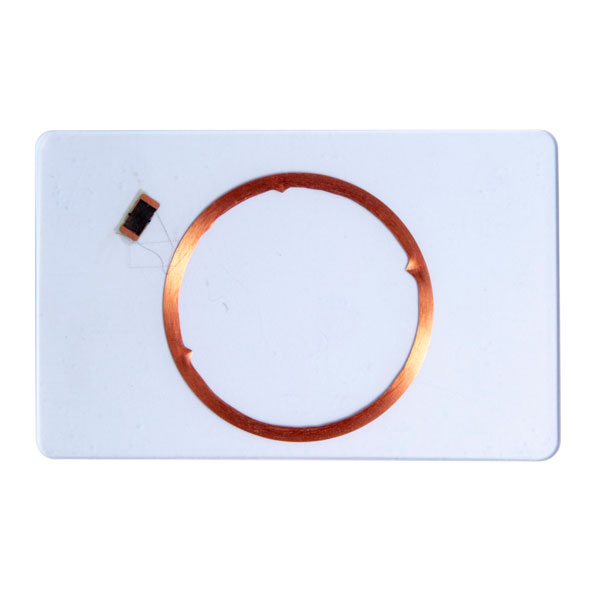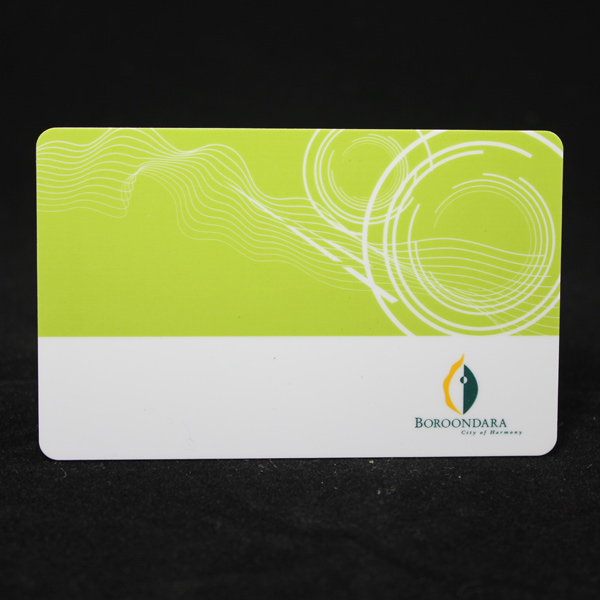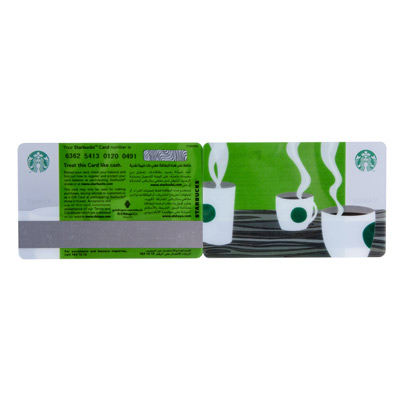1. Typical functional characteristics of RFID electronic tags
RFID tags have excellent physical properties and can be packaged in paper media with multiple encryptions. It has a unique ID number globally to ensure anti-counterfeiting. In addition, RFID tags can store information and data, and the electronic management of special qualification certificates is one of the typical applications.
2. How are RFID tags applied?
Different RFID tags are combinations of printing stocks and electronic technology, and communication with the computer. RFID tags are printing stocks that contain information data chips and antennas as well as power supply. It receives wireless signals from an RFID reader through the antenna. And it reflects data information of the tag chip and finally sends it to the computer for processing. The application process is non-contact identification, search and management, and it is widely used in supermarkets, logistics, warehousing and other fields.
The data is stored in RFID tags. Energy supply and RFID reader data exchange can be exchanged through magnetic or electromagnetic field induction, and non-current contact is on. The information data carried by RFID tags are transmitted to computers for processing and completing applications such as object information query, charging, release, and statistical management.
RFID tags are used as data carriers to identify items for tracking and information collection. RFID tags, readers, antennas and software constitute the RFID management system. Every item is accurately tracked, and its wide range of applications can bring many benefits, including real-time data collection, secure data access, and offline access to production information. RFID tag technology has been widely used in industrial automation, commercial automation and other fields.
 What Do IC Card Manufacturers Tell You to Pay Attention to When Using Membership Cards?
What Do IC Card Manufacturers Tell You to Pay Attention to When Using Membership Cards? Application of RFID Handset in Store
Application of RFID Handset in Store The Application of RFID Tag Recognition in Intelligent Supermarket Product Management
The Application of RFID Tag Recognition in Intelligent Supermarket Product Management RFID Cards Campus Card Shows the Trend of Educational Modernization!
RFID Cards Campus Card Shows the Trend of Educational Modernization! RFID Technology Helps Promote the Construction of Smart Customs
RFID Technology Helps Promote the Construction of Smart Customs RFID Tags Promote the Rapid Development of Automatic Identification
RFID Tags Promote the Rapid Development of Automatic Identification



